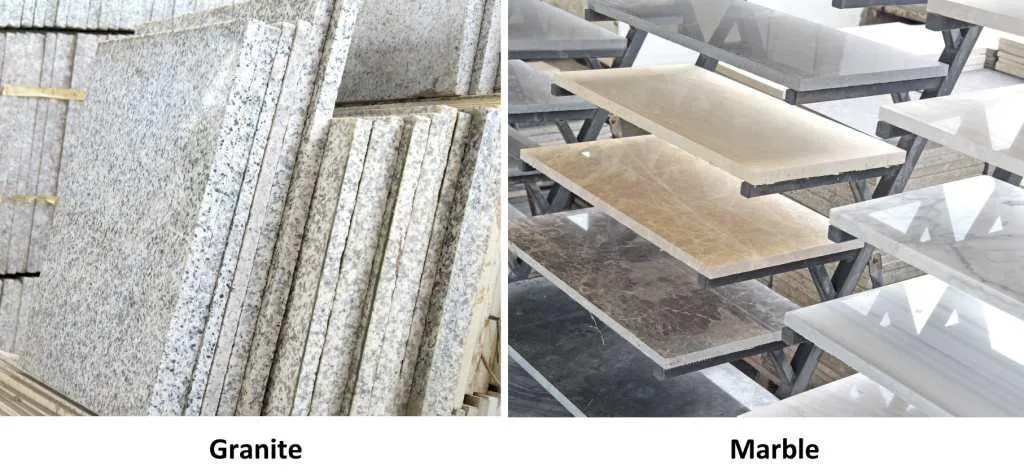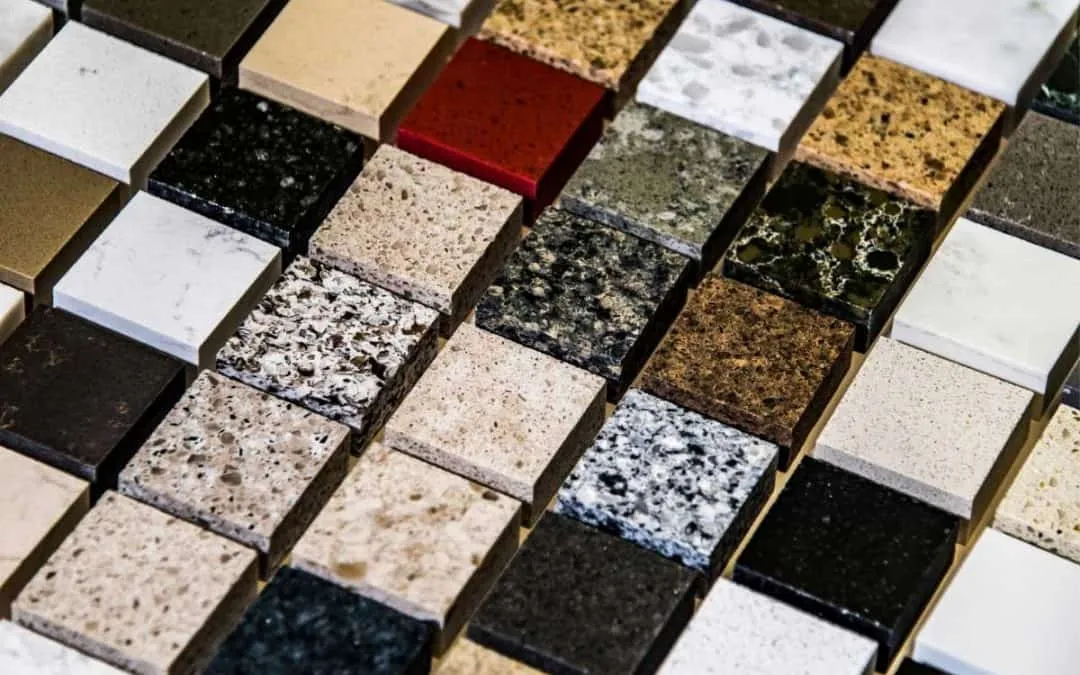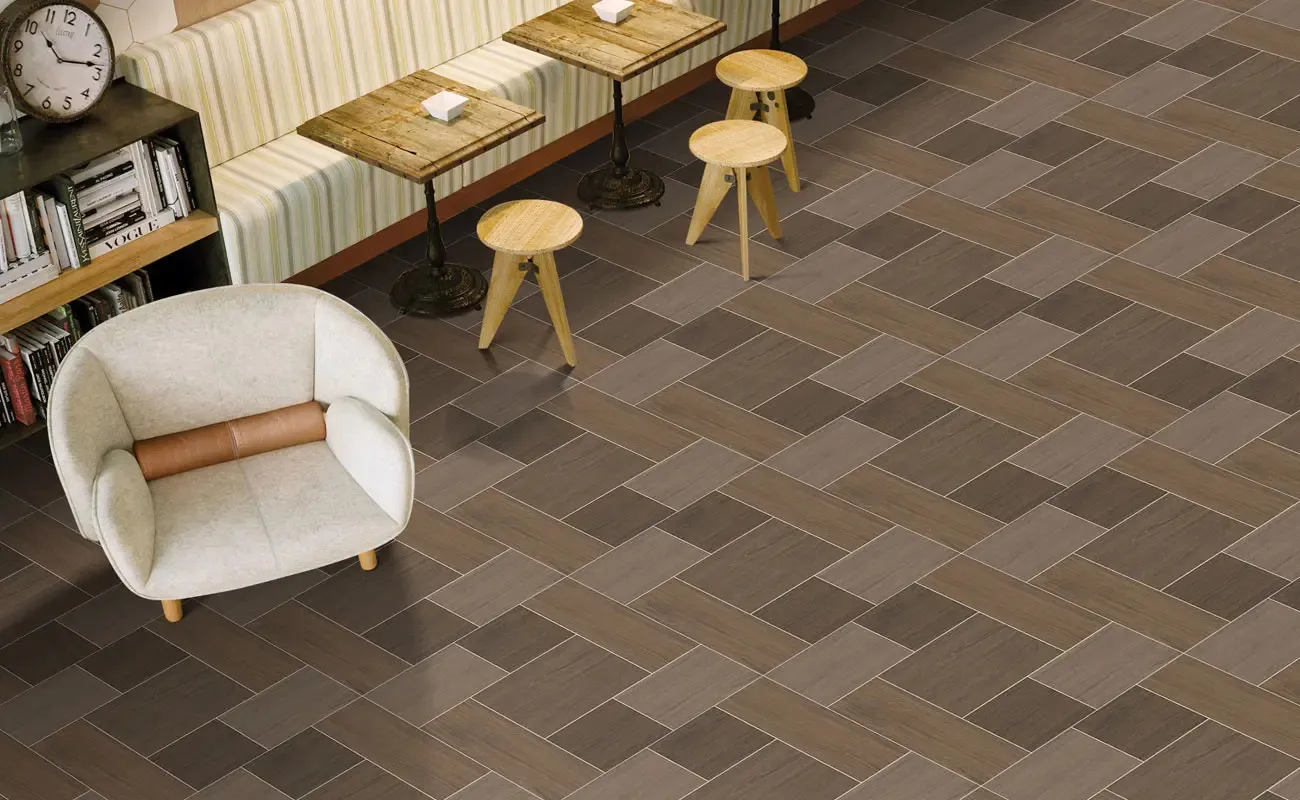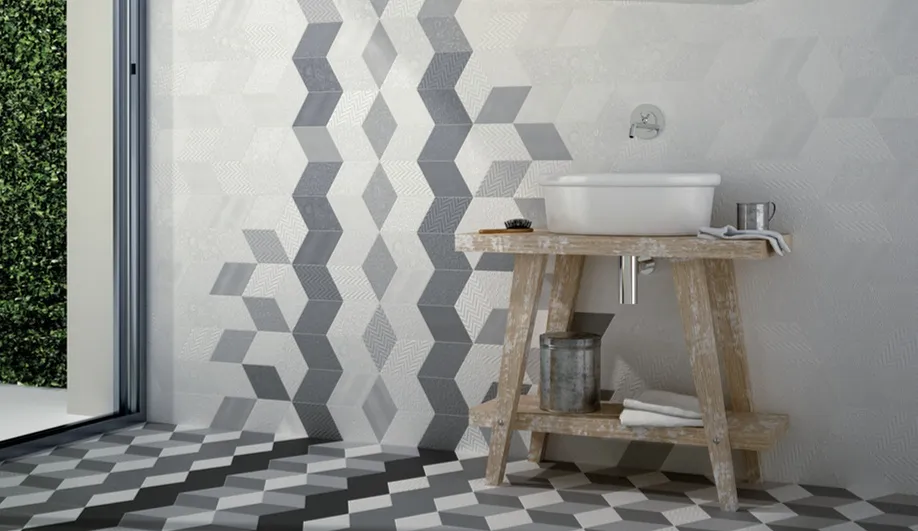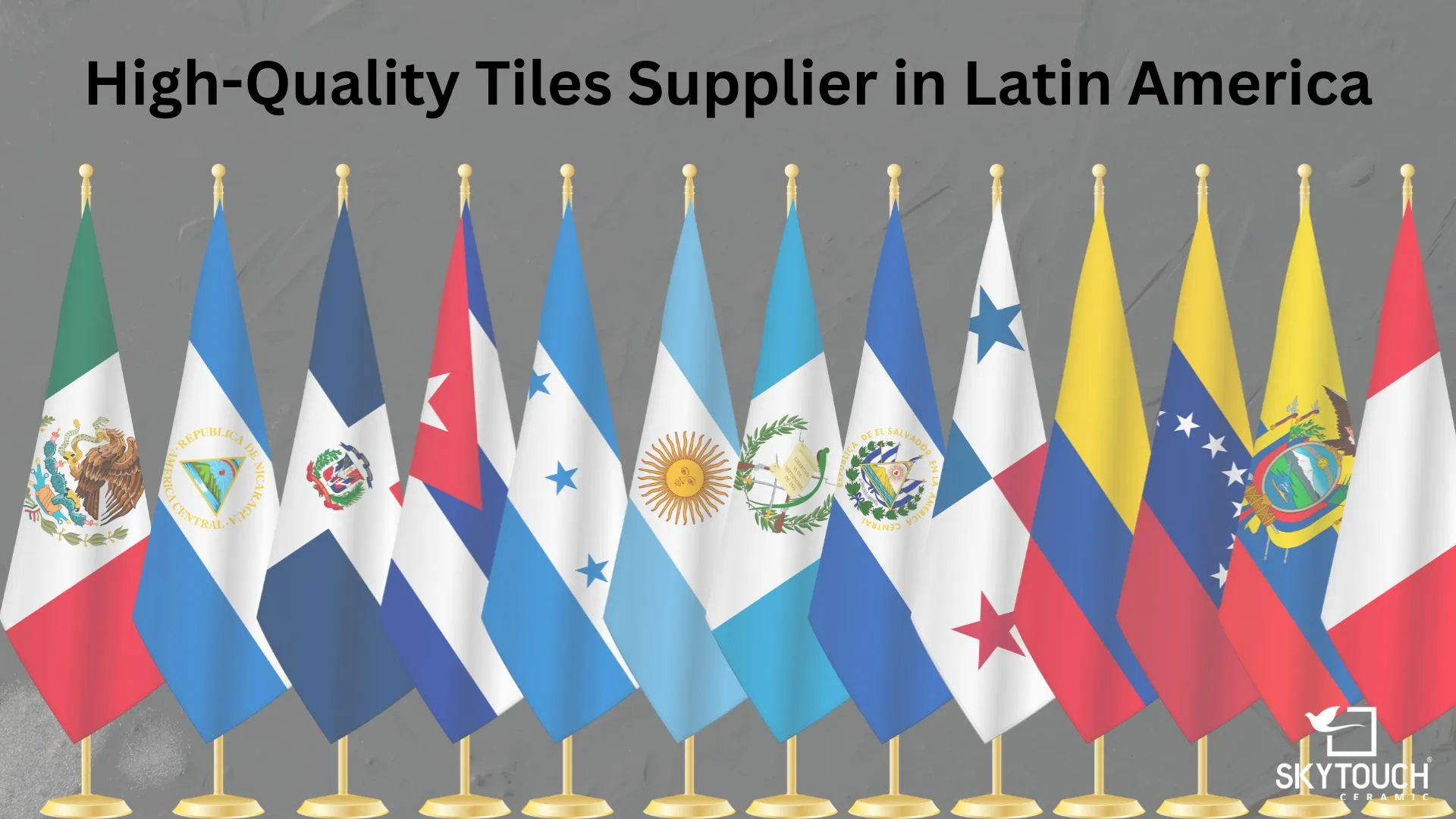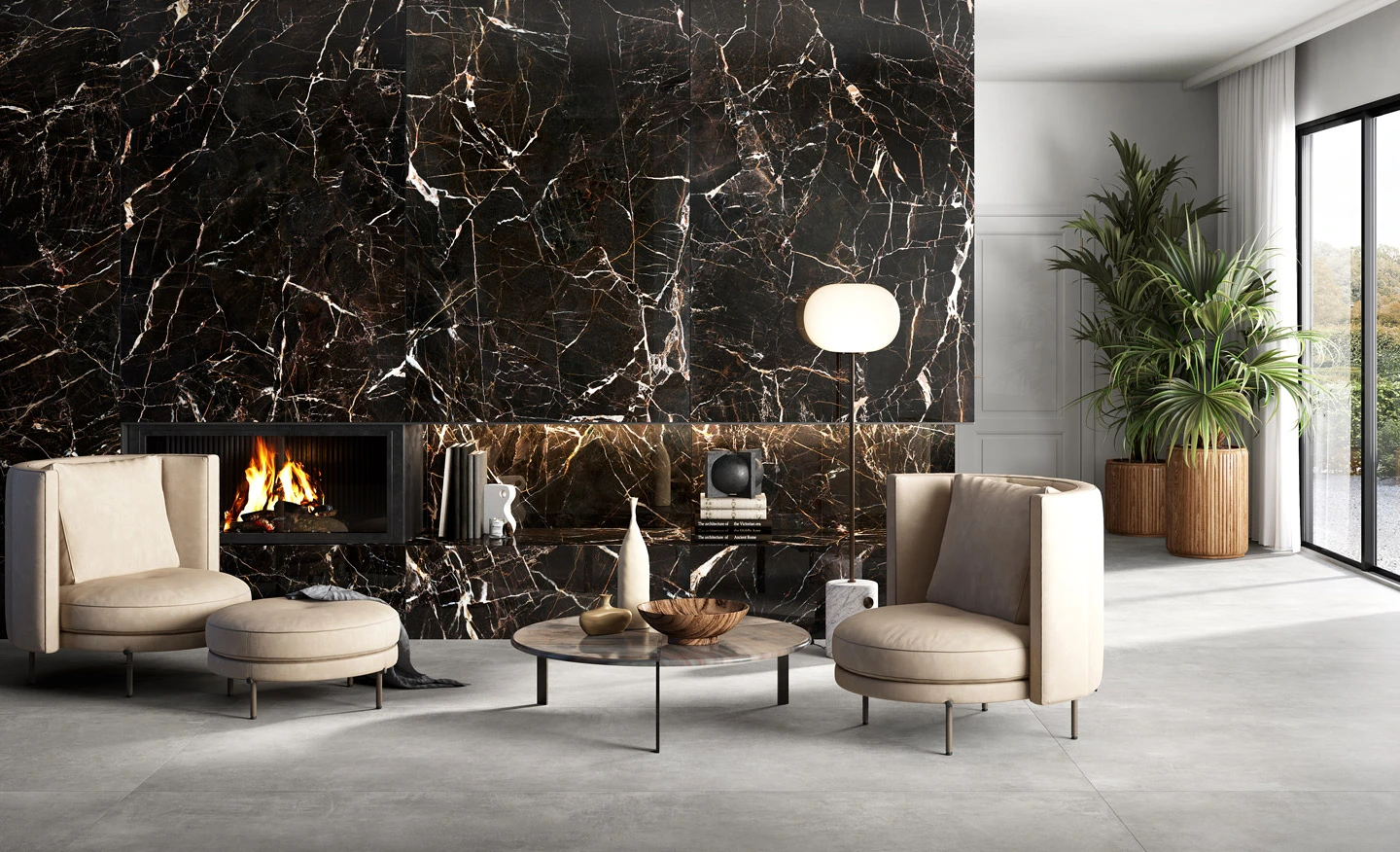So you're building or remodeling your home and now have to make one of the biggest decisions - choosing between granite or marble flooring. Both natural stones have their pros and cons, and the choice ultimately comes down to your priorities and needs. Do you want a floor that's virtually indestructible and stain-resistant? Or are you looking for a material with unparalleled beauty and elegance?
Granite and marble each have distinct characteristics that make them suitable for different applications. Granite is harder and more durable, ideal for high-traffic, messy areas like kitchens. Marble has a classic, polished look perfect for living rooms and foyers. Cost, appearance, and maintenance are all factors to weigh when determining which stone is the best choice for your home.
This decision may seem daunting, but with some knowledge about the properties and performance of each material, you'll be well on your way to choosing flooring that you'll love for years to come. Let's explore the pros and cons of granite and marble flooring so you can make the choice that's right for your space and lifestyle.
Marble Tile Flooring: Pros and Cons
Marble flooring is a classic choice that instantly elevates any space. But before you commit, here are some pros and cons of marble tile flooring to consider:
Pros of Marble Flooring:
1. Elegant and Luxurious: Marble tiles have a timeless beauty that marble flooring is known for.
2. Durable andLlong-lasting: Marble floors can last for decades with proper care and maintenance.
3. Easy to Clean: Marble tile flooring just needs regular sweeping or vacuuming and occasional damp mopping.
Cons of Marble Flooring:
1. Expensive: Marble flooring installation and the material itself can be pricey. Marble tile flooring is a premium flooring option, so you'll pay a premium price.
2. Requires Sealing: Marble needs to be sealed to prevent stains, and resealed every few years. Without a sealant, marble can stain easily.
3. Can Scratch or Chip: Although durable, marble flooring can be scratched or chipped by heavy objects or furniture: Place protective pads under furniture to prevent damage.
4. Can be Slippery: Polished marble tiles can become slippery when wet. For high-traffic or outdoor areas, choose a marble with a honed or textured finish for more traction.
At the end of the day, marble flooring is a fantastic choice if budget isn’t a concern and you’re looking to make a statement. But for low-maintenance, budget-friendly flooring, there are better options out there. The choice is yours! What matters most is that you love your new floors.
Granite Flooring: Pros and Cons
Granite flooring has a lot going for it. This natural stone is durable, low-maintenance, and downright gorgeous. But there are a few downsides to consider before installing granite in your home.
Pros of Granite Flooring:
1. Granite is Nearly Indestructible: It won’t scratch, stain, or fade over time. Granite flooring can last a lifetime with proper care.
2. Granite Adds Value: Natural stone flooring is a premium material that can increase your home’s resale value.
3. It’s a Natural Insulator: Granite helps regulate temperature and is naturally slip-resistant.
Cons of Granite Flooring:
1. Granite can be Expensive: Material and installation costs typically range from $5 to $15 per square foot.
2. It Requires Sealing: Granite needs to be sealed to prevent staining, and the sealant needs to be reapplied every few years.
3. Granite is Hard Underfoot: The dense, solid stone has no give and can be uncomfortable for long periods of standing.
Things to Keep in Mind
1. Choose a Reputable Installer: Granite installation is best left to the pros to ensure a proper seal and prevent cracking.
2. Consider Granite Tiles: Tiles are often more affordable and easier to install than granite slabs. They provide the same great looks and durability.
3. Seal Granite Regularly: Be diligent about resealing granite every 2-3 years to protect your investment. Use a high-quality stone sealant and follow the directions carefully.
With the right precautions taken, granite flooring can make a stunning and long-lasting design choice for your home. But go into the decision with realistic expectations about the responsibilities that come with this premium natural stone.
Choosing Between Granite and Marble: Quick Comparison
Granite and marble flooring are two popular choices when designing or remodeling your home. While both natural stones are stunning, they serve different purposes based on durability, aesthetics, and maintenance. But how do you choose the right one for your space? Let’s dive into a detailed comparison of granite and marble flooring, exploring their features, costs, and suitability.
| Feature | Granite | Marble |
| Appearance | Natural, earthy tones with speckled patterns; subtle veining. | Elegant whites and creams with dramatic veining. |
| Durability | Extremely durable; resistant to scratches and heat. | Durable but softer; prone to scratches and staining. |
| Maintenance | Low maintenance; requires sealing every 1–2 years. | High maintenance; requires sealing every 3–6 months and quick cleanup of spills. |
| Cost | $30–$500 per square foot for slabs; tiles are more affordable. | $2–$10 per square foot for slabs; installation costs may increase due to its fragile nature. |
| Best Applications | Kitchens, high-traffic areas, outdoor spaces, and countertops. | Living rooms, foyers, bathrooms, and spaces requiring luxurious appeal. |
| Slip Resistance | Naturally slip-resistant, especially in unpolished finishes. | Polished surfaces can be slippery; honed or textured finishes provide better traction. |
| Heat Resistance | Excellent heat resistance; ideal for kitchens and fireplaces. | Good heat resistance but not as high as granite. |
| Scratch Resistance | Highly scratch-resistant; suitable for heavy-use areas. | Less scratch-resistant; protective pads are recommended under furniture. |
| Lifespan | Can last a lifetime with proper care. | Long-lasting but may show wear over time without regular maintenance. |
| Eco-Friendliness | Natural material, but quarrying has environmental impacts. | Also natural, with similar environmental considerations. |
| Weight | Heavier than marble, requiring sturdy subfloors for installation. | Lighter than granite but still requires careful installation. |
| Resale Value | Adds significant value to your home due to its durability and premium look. | Enhances home value with its luxurious appearance but may require more upkeep for long-term appea |
Cost Comparison: Marble vs Granite Flooring
When deciding between marble or granite flooring, the cost is often a major factor. Both natural stone options can be expensive, but there are some differences in pricing to consider.
Material Cost
• Marble typically costs $2 to $10 per square foot for the raw stone slabs, while granite slabs range from $30 to $500 per square foot depending on the stone type and pattern. Exotic, rare granites are on the higher end of that price range.
• For the average homeowner, a mid-range granite will likely be $50 to $100 per square foot. Marble is usually a bit cheaper due to its softness and porosity compared to the hardness and durability of most granites. Granite requires more intensive quarrying and processing, so it tends to cost more out of the ground.
Installation Fees
Installation fees for marble and granite are comparable at around $10 to $25 per square foot. The total installation cost will depend on the complexity of your layout and the quality of the stone. Professional installation is highly recommended for either natural stone to ensure proper sealing and finishing.
Maintenance Costs
While marble and granite floors have similar upfront costs, their long-term maintenance fees can differ significantly.
• Skytouch's Marble requires frequent sealing to prevent staining, typically once a month or once a year depending on the finish.Sealing marble floors can cost $0.50 to $2 per square foot each time.
• Granite is nearly stain-proof and scratch-resistant, so it only needs to be sealed once a year or less often. Granite sealant costs $0.30 to $0.50 per square foot.
Polishing and honing services may also need to be performed to restore the shine to marble or granite floors over time. Marble usually requires polishing more often, around once a year, while granite may need it only once every few years. Polishing fees are typically $2 to $4 per square foot.
In the end, while marble may win out slightly on initial costs, granite is often a more budget-friendly choice long-term thanks to its minimal maintenance requirements and superior durability. But for some, the beauty and elegance of marble is worth the additional care and expense. The choice comes down to your priorities and how much work you want to put into keeping your new stone flooring looking its best.
Appearance and Style: Which Looks Better?
When it comes to appearance, granite and marble each has their pros and cons. Which looks better comes down to your style and preferences.
Style
Skytouch's Granite comes in a variety of natural earthy tones like tans, browns, and grays with interesting speckles and veining. It has a more casual, rustic vibe that pairs well with country, rustic, and farmhouse decor. Marble, on the other hand, is available in elegant whites and creams with subtle gray veining. It has a refined, luxurious look that complements contemporary, modern, and glamorous spaces.
1. Granite: Natural, rustic, earthy
2. Marble: Polished, luxurious, refined
So if you prefer a cozy, laid-back style, granite may be more appealing. If you like a posh, dramatic look, marble is probably a better choice.
Pattern
Both stones have natural patterns, but marble typically has more distinctive veining. The veining in marble creates visual interest with striking gray veins swirling across a white or cream background. Granite veining tends to be more subtle and understated.
1. Marble: Prominent veining, dramatic pattern
2. Granite: Speckled pattern, less veining
If you want flooring that makes a statement, marble is the way to go. For something more uniform, granite may suit you better.
In the end, you can’t go wrong with either of these timeless and elegant options. But determining whether you prefer the natural warmth of granite or the refined beauty of marble will help you choose the flooring that you’ll love for years to come. Think about the overall look and feel you want, then decide which stone best fits your style.
Usability: Marble vs Granite
1. Uses of Marble
• Flooring: Living rooms together with entry areas and corridors have become popular spaces for marble due to its beautiful veins and touchable smoothness which creates classic and luxurious interior designs. Marble reflects light to consequently make areas seem larger and brighter.
• Bathrooms: Marble serves as the primary material choice for bathroom backsplashes and shower walls while defining vanities and it creates an expensive yet spa feels in these rooms. This material needs protective sealant for avoiding water effects as well as chemical grinding.
• Decorative Elements: Because marble is soft material artists can achieve delicate sculptures and elaborate columns in addition to exquisite fireplace mantels. Because of its ability to achieve mirror-quality smoothness marble achieves superior decorative value.
• Low-Traffic Areas: Marble works best in low-traffic areas thanks to its easily affected nature from scratches and staining therefore formal sitting rooms and accent walls together with bedrooms fit as suitable placements for marble.
• Honed or Textured Finishes: The combination of honed and textured marble surfaces provides essential safety characteristics and decorative properties which make them appropriate selection for bathroom floor applications.
2. Uses of Granite
• Kitchen Countertops: No other material matches granite's combination of strength with heat resistance along with its resistance to scratches in kitchen applications. Because it protects against extreme temperatures better than alternative materials it functions as both a functional and stylish countertop solution.
• Outdoor Applications: Due to its outstanding abilities to resist moisture and UV rays together with all forms of weather granite proves ideal for outdoor applications such as patio flooring and garden pathways and outdoor kitchen countertops which keep their appearance for years.
• High-Traffic Areas: Due to its extreme durability granite excels as a flooring and countertop solution in entryways and commercial areas as well as busy kitchen environments. The material stands up against chipping damage alongside discoloration even when under heavy daily usage.
• Fireplace Surrounds: The resistance of granite against heat allows homeowners to create long-lasting fireplace surrounds which combine functional sustainability with natural earth-tones.
• Dining Tables and Bar Tops: The resistance of granite to daily wear and chemical spills and damage makes this stone material one of the top choices for both home dining tables and commercial bar tops.
Durability and Maintenance: Which Lasts Longer?
The durability and necessary maintenance of granite and marble as flooring materials exists as advantages alongside critical drawbacks that you need to weigh against investment needs when deciding on home flooring choices.
Granite: Low Maintenance but Prone to Scratches
Natural stone granite endures decades while requiring small attention to maintenance. The material demonstrates strong resistance against heat and scratching while it escapes daytime stains. Strength against scratches diminishes in granite surfaces when struck by knives, keys or the nails of pets. Routine 6 to 12 month granite sealing protects against stains while also protecting against scratches with added costs and maintenance needs. Professional polishing treatments become necessary for granite several times during its lifespan to preserve the original glossy sheen.
Marble: Gorgeous but High Maintenance
Natural stone marble presents a beautiful appearance yet needs regular care for its continued attractiveness. The increased softness of marble creates a material that more readily accepts stains at the same time it becomes prone to scratching. Appropriate marble sealing needs to happen every 3 to 6 months for protection yet owners must quickly clean up all spills. Specialized screening and polishing services by professionals will be required for marble floors at least once a year to smooth out scratches and provide surface restoration. During the lifespan of your floor you will need to put significant time and money into maintaining marble tiles.
Let's Connect For Your Tiling Needs!
To make your decision you should analyze the advantages and disadvantages of each stone type reflecting your lifestyle requirements. Those who want their floors to handle intensive use with least obligations should acquire granite. For those ready to use marble flooring along with its necessary maintenance marble offers an elegant option that will last many years. With appropriate maintenance practices and smart sealing techniques your home will benefit from decades of exceptional flooring strength from marble or granite surfaces.
Conclusion
So there you have it, the pros and cons of granite vs marble flooring laid out for you. At the end of the day, you need to go with what fits your needs, budget, and style. Both natural stones have their advantages and disadvantages. Granite is more durable and stain-resistant but marble has a classic, elegant look. Do you want a floor that lasts forever or one that makes a statement? The choice comes down to you and what's most important in your home. Whichever direction you go, either granite or marble will give you a beautiful, high-quality floor that adds value to your space for years to come. Now get out there and start shopping for your new dream floors!
For more information contact us at info@skytouchceramic.com / +91 70466 90088

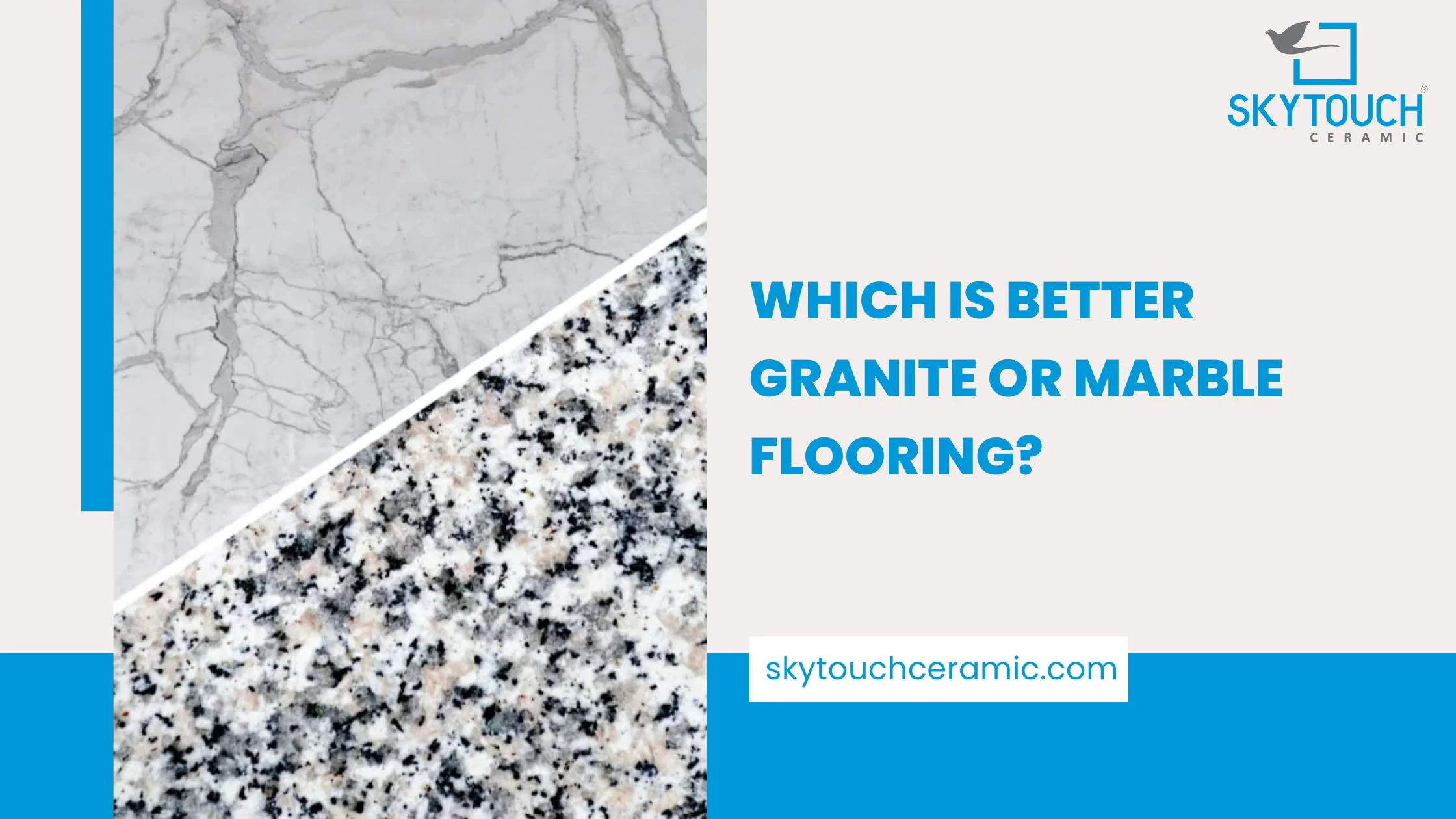
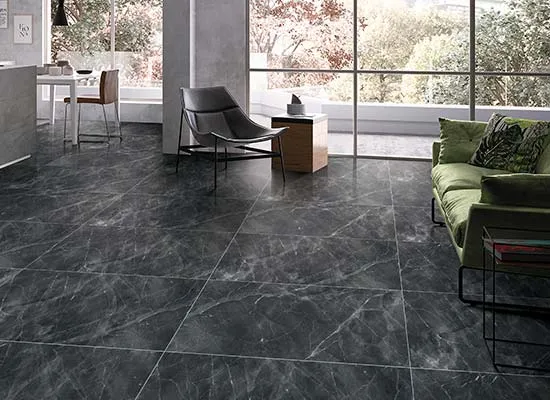
.webp)
